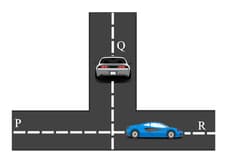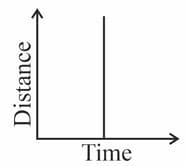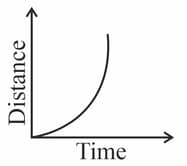Anil Ahlawat Solutions for Chapter: Motion and Time, Exercise 1: EXERCISES
Anil Ahlawat Science Solutions for Exercise - Anil Ahlawat Solutions for Chapter: Motion and Time, Exercise 1: EXERCISES
Attempt the free practice questions on Chapter 12: Motion and Time, Exercise 1: EXERCISES with hints and solutions to strengthen your understanding. NSO Science Olympiad Workbook Grade 7 solutions are prepared by Experienced Embibe Experts.
Questions from Anil Ahlawat Solutions for Chapter: Motion and Time, Exercise 1: EXERCISES with Hints & Solutions
In the given figure, two cars coming from town are travelling with a speed of . When they reach the cross road, one of the car turns towards town whereas the other continues forward towards town . Both continue to move with the same speed of .
Which of the following options is correct for given situations?

(i) Both cars have same velocities even if the car turns towards town .
(ii) Two bodies have same velocities if they are moving with same speed in different directions.
Which one of the following is an example of uniform motion?
A train leaves a station at and reaches to another station at midnight. Its speed is ? What is the distance between and ?
Match the column I with column II and select the correct option from the codes given below.
| Column I | Column II | ||
| (a) | Object moving with variable speed | (i) |
|
| (b) | Object is at rest | (ii) |
|
| (c) | The graph which is not possible | (iii) |
|
| (d) | Object moving with constant speed | (iv) |
|
Velocity-time graph for a particle moving on a straight line is shown in the figure.
Select the correct Statement.

Study the displacement-time graph of a toy car given here and choose the incorrect statement from the following.

Speed-distance graph of an object which comes to rest suddenly is
The diagram given shows some passengers sitting in the moving bus and a person standing outside, a tree and a house. With reference to the diagram, choose the correct option.

(i) For a passenger sitting within the bus, the tree and house appear to be moving in backward direction relative to a co-passenger.
(ii) For a person standing on the road, the bus seems to be moving in the forward direction relative to tree and house.
(iii) For a passenger sitting within the bus, a person standing on the road seems to be moving in forward direction relative to a co-passenger.




